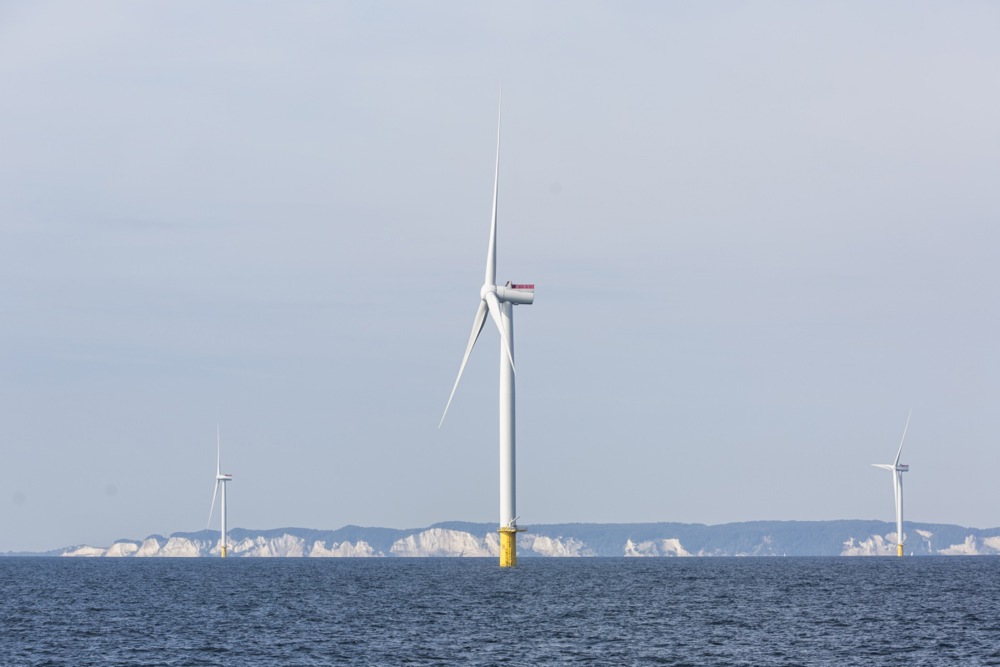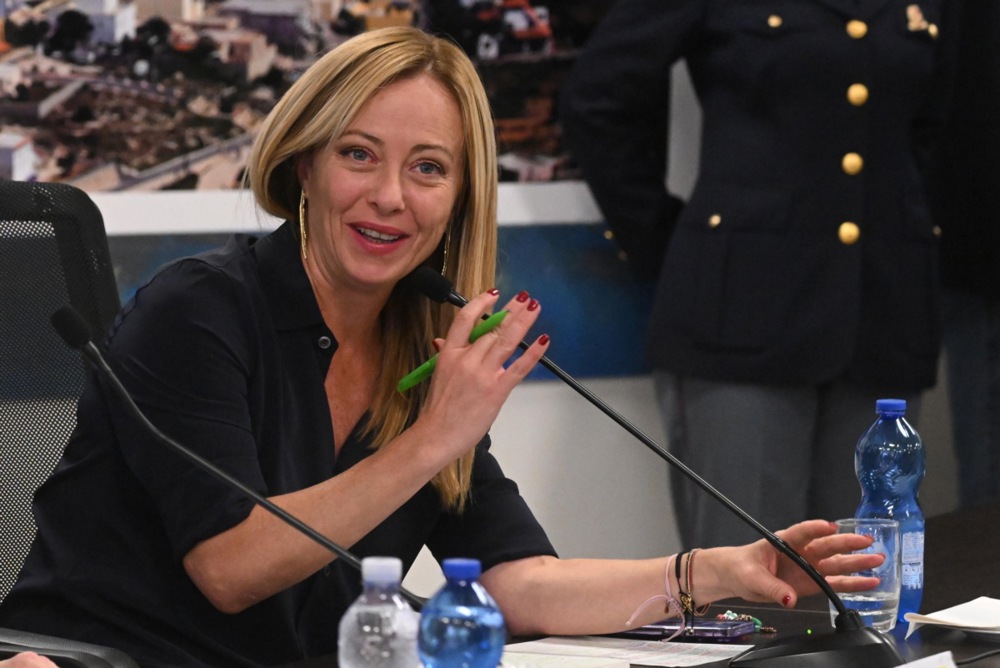In its latest report, the European Court of Auditors (ECA) said that errors in the spending of funds taken from the European Union budget “increased significantly in 2022”.
The auditors also warned of what they said was the growing danger of borrowing to meet higher payment obligations.
Despite them concluding that the EU’s accounts for the fiscal year 2022 provide a fair and accurate picture, and revenue transactions were error-free, the newly released report warns that the €196 billion in spending from the bloc’s budget was affected by rising instances of mistakes.
They noted that what they deemed a level of error of 4.2 per cent in 2022 was an increase on a year earlier, when it was 3 per cent.
What seem somewhat Byzantine regulations are also a problem: “The rules and eligibility criteria governing this type of expenditure are often complex, making errors more likely,” the auditors said.
“The regularity issues and weaknesses found in the Member States’ control systems affect the €46.9 billion spent under the Recovery and Resilience Facility (RRF),” the report added.
Just as in the previous three years, the auditors have determined that the extent of errors was significant and widespread. Consequently, they have issued a so-called “adverse opinion” regarding the EU’s budgetary expenditure in 2022.
An adverse opinion is issued on financial statements where auditors examined and concluded that those statements are materially mis-stated and pervasive. It is a serious action by the auditors as it means the EU should not rely on those statements in its decision-making.
The auditors also noted that the evaluated level of error did not indicate fraud, inefficiency or waste. Instead, they said: “It is an estimate of the amount of money that was not used in compliance with EU and national rules.”
Still, the auditors said they had uncovered 14 suspected fraud cases. These were promptly reported to the European Anti-Fraud Office (OLAF), resulting in two investigations.
Furthermore, six of the suspected cases were simultaneously referred to the European Public Prosecutor’s Office (EPPO), which subsequently launched three more inquiries.
“The EU has demonstrated its ability to respond swiftly to a whole series of unprecedented crises with unprecedented action,” said ECA President Tony Murphy.
“However, the substantial amount of available funds in such an environment entails an increased budgetary risk.
“Our findings show that the risk has to be better managed, as we continue to detect errors through our work that led to a significant increase in spending affected by error,” he added.
The auditors said in the report that 2022 was the second year of implementation of the Recovery and Resilience Facility (RRF), the temporary instrument that is the centrepiece of NextGenerationEU (NGEU) – the EU’s plan to emerge stronger and more resilient after the COVID-19 pandemic.
The RRF provides cash to EU Member States in exchange for meeting set milestones or objectives. In 2022, 13 grant payments totalling €46.9 billion were made to 11 members.
The auditors discovered that 15 of the 281 milestones and targets assessed were either not properly met or did not conform with qualifying rules, compromising 11 of the 13 RRF grant payments. As a result of this apparently substantial error, six payments were affected.
“The auditors also identified cases of weak design in the measures and underlying milestones or targets, and problems with the reliability of information that member states included in their management declarations,” the report stated.
Debt also increased in the EU, from €236.7 billion in 2021 to €344.3 billion in 2022. This was mainly because of new borrowing for NGEU of €96.9 billion, according to the ECA.
“Only the NGEU instrument debt entails an interest rate risk for the EU budget. The related borrowing costs increased significantly in 2022 due to rising interest rates,” it said.
The auditors also pointed out that the return of high inflation rates has had significant budgetary implications. Based on the European Commission’s inflation forecast, they estimated that the EU budget “could lose nearly 10 per cent of its purchasing power by 2023”.
By the end of 2022, the EU budget’s total exposure to potential future obligations was €248.3 billion, up from €204.9 billion in 2021. Part of the increase can be attributed to the bloc’s financial aid to Ukraine, which more than doubled in 2022 over 2021 – €16 billion as opposed to €7 billion.
The auditors observed that the approval of an additional €18 billion at the end of last year increased this exposure significantly in forthcoming EU budgets.
In 2022, EU budgetary expenditures will have totalled €196 billion, which amounts to 2.5 per cent of total government spending and 1.3 per cent of the GDP of EU Member States. Taking RRF spending into account, EU payments in 2022 totalled €243.3 billion.
Approximately three-quarters of the bloc’s budget was spent under “shared management”, a system in which Member States distribute funds, pick projects and supervise EU spending.
Examining EU countries’ control systems and custom duties, the ECA report identified weaknesses in particular in Belgium, as the IT system used there failed to process financial data for import declarations involving goods with varying customs duty statuses.
This went undetected for more than two years. As a result, €440 million was inadvertently omitted, covering mid-2019 to early 2022.
The auditors also noted significant differences in how EU nations took on European Structural and Investment Funds (ESIF).
“On the one hand, 11 Member States had received 85 per cent or more of the allocated amounts by the end of 2022, of which three Member States received 90 per cent or more (Luxembourg, Ireland and Finland),” they said.
“On the other hand, for three Member States (Denmark, Malta and Croatia), absorption rates were below 70 per cent.”
The amounts of ESIF money remaining to be absorbed in different EU countries is significant, with Poland and Spain each still having the right to claim more than €10 billion and Italy €11 billion.
Still, all Member States could claim considerable amounts, which they need to do before the end of the year or risk losing those rights.
Johan Van Overtveldt, ECR member and President of the European Parliament’s Committee on Budgets, said he was “not at all surprised” with the rising number of mistakes in European accounting.
“I’ve been making the same conclusion as the European auditors for years now … there is insufficient oversight on spending,” he said.
Van Overtveldt said on Belgian Radio 1 that a number of countries were resisting improved analysis. He said that was because countries on the receiving end, be they agricultural subsidies or cohesion subsidies for poor countries, “always cover for each other and form an unspoken coalition to avoid strict control of funds”.
He warned on October 3 about further potential budgetary abuse, saying chances it would worsen was “very, very likely”.
Van Overtveldt noted that the problems are being aggravated as more European money is being redistributed around the traditional budget with less control and oversight, which was difficult to address.
He also took a swipe at European Commission President Ursula von der Leyen regarding the ever-growing EU debt mountain.
“Announcing big plans is OK, that can be inspiring, but if you never follow up with the necessary financing, you will end up hitting a brick wall,” Van Overtveldt said.
“I believe the report of the Court of Auditors is a serious sign that they need to stop promising all kinds of things without a proper budget backing it.”
'De besteding van Europese subsidies is een enorm probleem. Er is onvoldoende toezicht op de uitgaven. Een meerderheid van de Europese lidstaten blokt controle af, waardoor de kans op misbruik alleen maar toeneemt', zegt @jvanovertveldt. #DeOchtend pic.twitter.com/6w4pRHLtS6
— N-VA (@de_NVA) October 5, 2023





